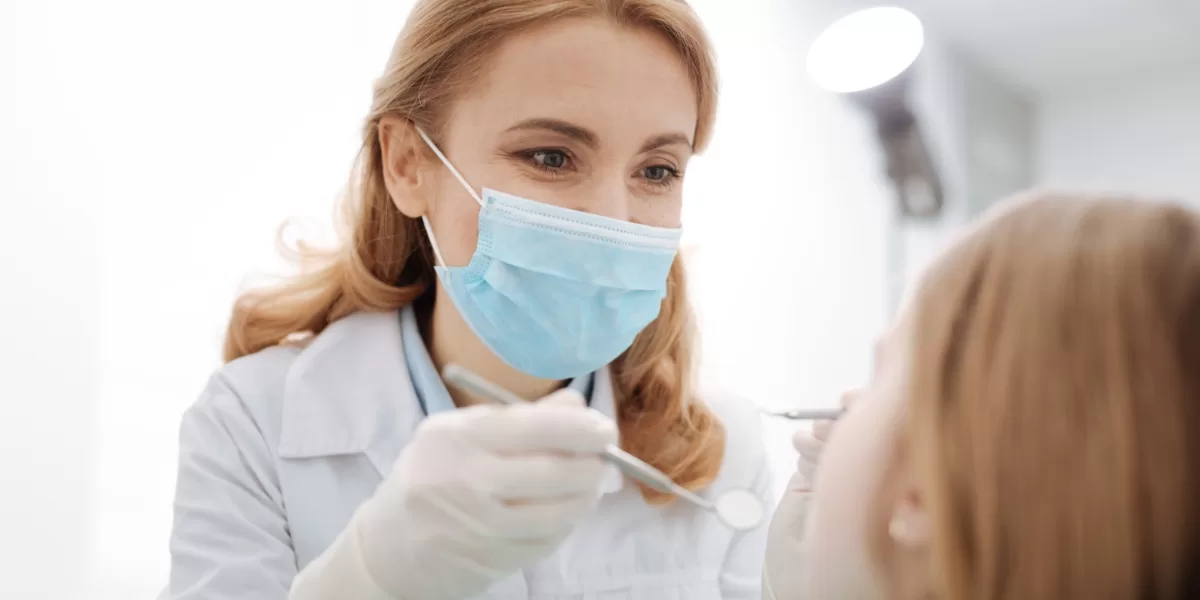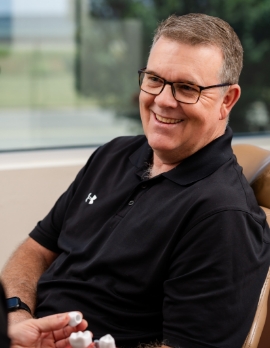May 20, 2024

Medically Reviewed by Dr. Bryce Lamer
Experiencing facial trauma can feel overwhelming. Along with the physical changes you face, there might also be a mix of emotions to process. Know that healing is possible, and with the right support and knowledge, you can find your way through this challenging time. At OKC-OMS, we understand the complexities of facial trauma, and we’re here to guide you on your path to recovery.
Understanding the Healing Timeline
Facial trauma healing varies depending on the severity of the injury. Minor soft tissue injuries like cuts or bruises might heal within a few weeks, while fractures or more complex injuries can take several months or even a year to fully recover.
Here’s a breakdown of some general stages:
- Initial Phase (Days 1-3): This involves controlling swelling and pain through medication, cold compresses, and potentially limited movement.
- Inflammatory Phase (Days 4-10): The body focuses on inflammation to initiate healing. Swelling might peak during this stage, and discomfort persists.
- Repair Phase (Weeks 2-12): The body rebuilds damaged tissue. Depending on the injury, immobilization techniques like splints or casts might be used to facilitate proper healing.
- Remodeling Phase (Months 1+): This long-term phase focuses on restoring function and maximizing cosmetic outcome. Physical therapy or scar management techniques might be incorporated.
Essential Elements for Successful Recovery
While your doctor will provide a specific treatment plan, these general tips can support a smooth healing journey:
- Medication: Taking pain medication as prescribed helps manage discomfort and promotes better sleep, which is crucial for healing.
- Diet: Depending on the injury, your doctor might recommend a soft-food diet initially, transitioning to regular foods gradually as healing progresses.
- Rest: Adequate sleep allows the body to focus on repair and tissue regeneration.
- Oral Hygiene: Maintaining proper oral hygiene is crucial, especially if dental injuries are present. We will provide specific instructions based on your situation.
Coping with the Emotional Impact
Facial trauma can significantly impact your self-esteem and emotional well-being. Here are some strategies to cope:
- Acknowledge Your Feelings: It’s normal to feel anxious, frustrated, or even depressed after a facial injury. Allow yourself to process your emotions and seek support from loved ones or a therapist if needed.
- Focus on Progress: Recovery is a gradual process. Celebrate small milestones and acknowledge the progress you make each day.
- Connect with Support Groups: Connecting with others who have experienced facial trauma can provide valuable understanding and emotional support.
Scar Management: Minimizing Visible Reminders
Scars are a natural part of the healing process. While some fade significantly over time, others might require additional care. Here’s what you can do:
- Silicone Gel Sheets: These sheets, applied to the scar area, can help improve scar texture and reduce redness.
- Pressure Therapy: Applying gentle, sustained pressure on the scar can help flatten it and improve its appearance.
- Massage: Scar massage techniques can improve blood flow and promote healing.
OKC-OMS: Your Partner in Recovery
Facial trauma recovery involves more than just physical healing. Our team is committed to providing comprehensive care, addressing not only the physical injury but also the emotional and psychological aspects. We work closely with patients throughout the entire recovery process, offering guidance on pain management, dietary changes, and scar management techniques.
Remember, with a positive attitude, the right support system, and experienced medical care, you can emerge from this experience stronger and more resilient. Learn more about facial trauma recovery from OKC-OMS.




